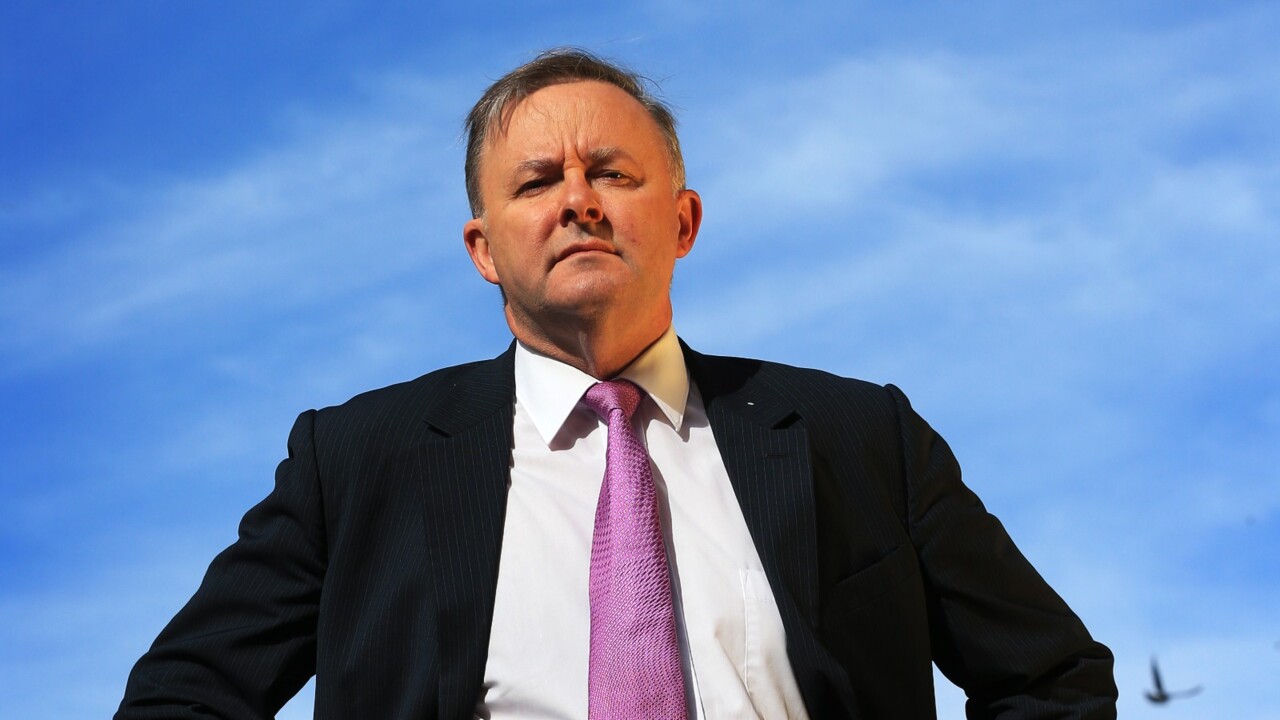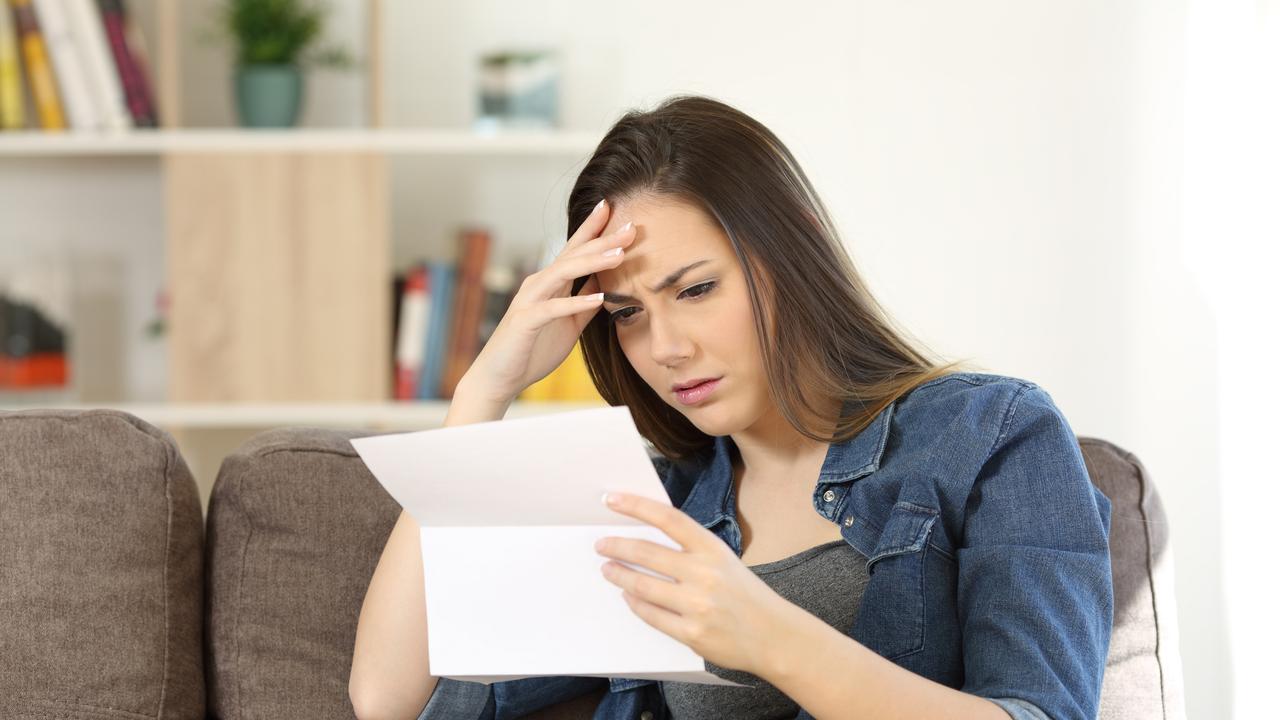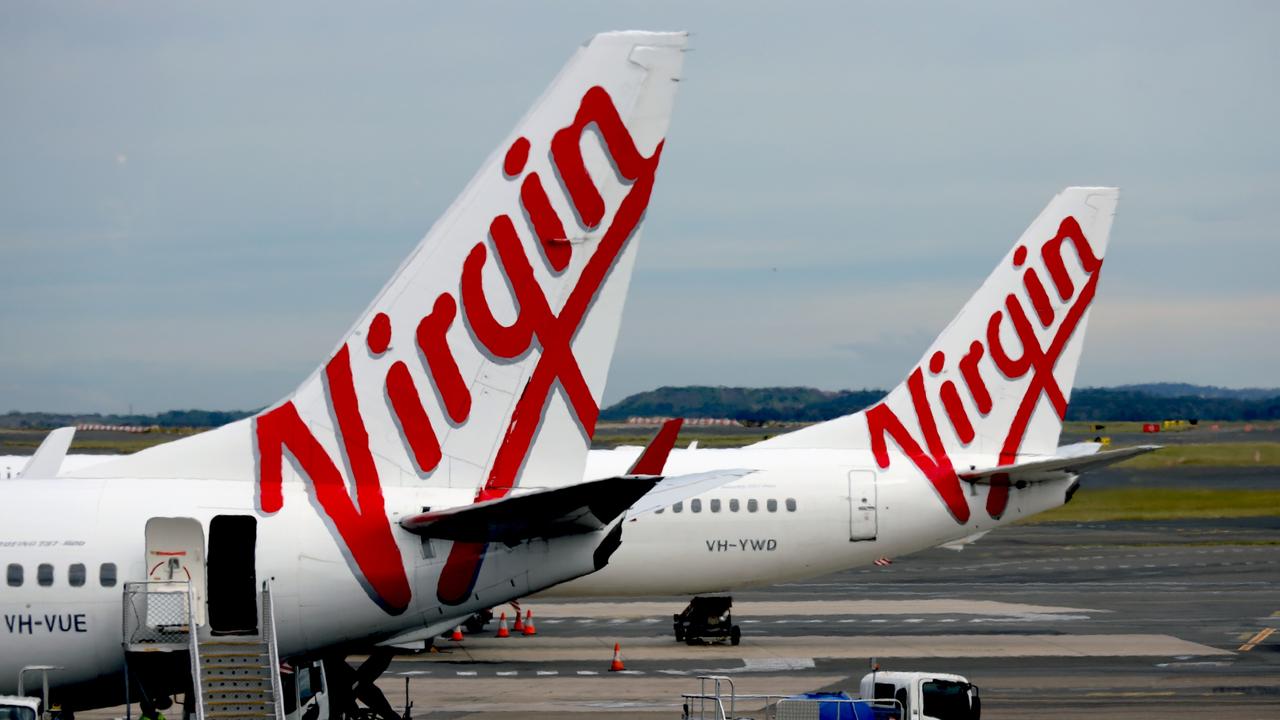Aussies to be slugged with higher energy prices from July 1
Households already struggling with the rising cost of living will face another blow later this year as electricity prices continue to skyrocket.

Households will be slugged with higher electricity prices in the coming months as costs jump as much as 30 per cent in some states.
The Australian Energy Regulator released its draft default offer – the cap on the maximum price retailers can charge customers in NSW, South Australia and South East Queensland – on Wednesday morning.
It foreshadowed increases of between 19.5 per cent and 23.7 per cent depending on the state and provider. Small business customers can expect price rises of between 14.7 and 25.4 per cent.
Around 600,000 people are on the default offer across SA, NSW and South East Queensland.

AER chair Clare Savage said while the increases were “significant”, prices could have risen as high as 50 per cent if the government had not intervened.
“At that time, the estimates ranged between 35 per cent and 50 per cent,” she told the ABC.
“That was alarming, a 40 per cent to 50 per cent price increase is horrific.
“So it’s good to see that all governments have intervened in both coal and gas markets and that has brought down the price expectations in the decision.”
Ms Savage urged concerned customers to shop around as there were retailers offering prices below the default market offer.
Victoria, which operates a separate electricity price cap, also released its draft offer on Wednesday.
The Essential Services Commission proposed increases of 30 per cent for households and 31 per cent for small businesses from July 1.
Around 400,000 Victorian households and 55,000 small businesses are on the default offer.

The ESC said a typical household bill would rise from $1403 to $1829 per year, while small businesses could expect an increase from $5620 to about $7358.
Energy Minister Chris Bowen acknowledged the skyrocketing costs would hit families’ hip pockets but warned it could have been worse.
“We know this is difficult news for customers who are facing cost of living pressures. Nobody wants to put up prices at all,” he said.
“So, 20 to 22 per cent is still a significant increase, but it is much, much lower than it could have been.”
The Australian Council of Social Service urged the government to provide low-income earners with relief of up to $2000 via an emergency hardship payment in the upcoming budget.
“People on the lowest incomes do not have anything left in their budgets to cut back on and are at breaking point,” chief executive Cassandra Goldie said.
“We are worried about what consequences this leaves for people, including further debt, disconnection or homelessness. These are unacceptable choices to be made in such a wealthy country.
Both the ESC and AER blamed increases in wholesale energy costs for the high prices.
A final default offer will be issued later this year following consultation.



